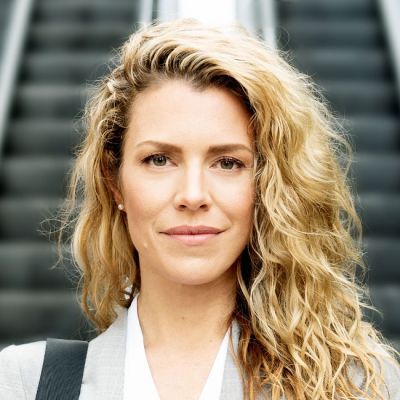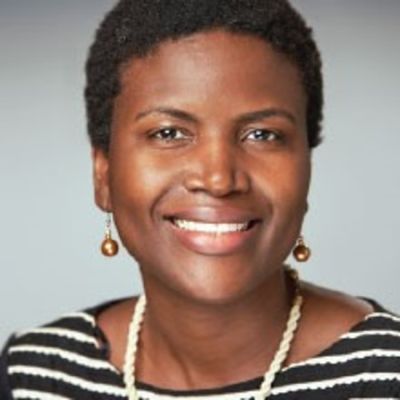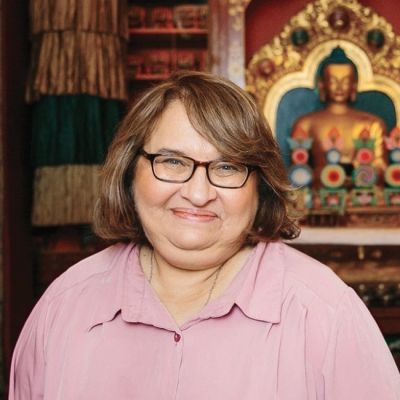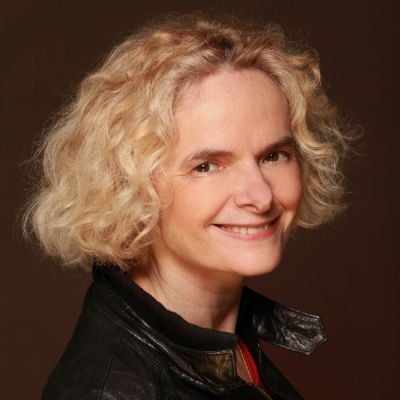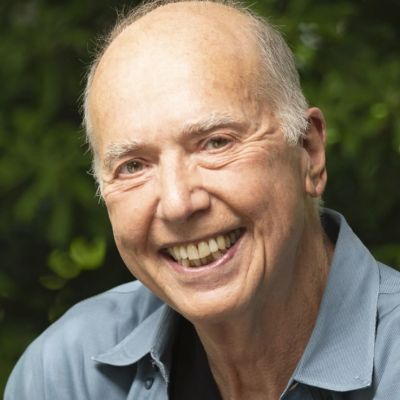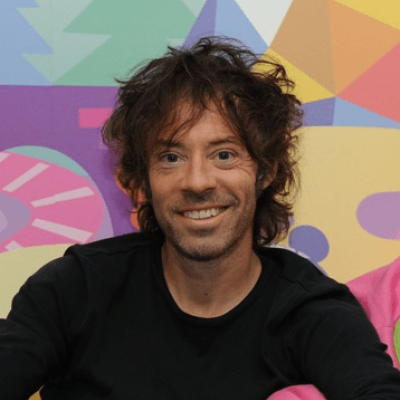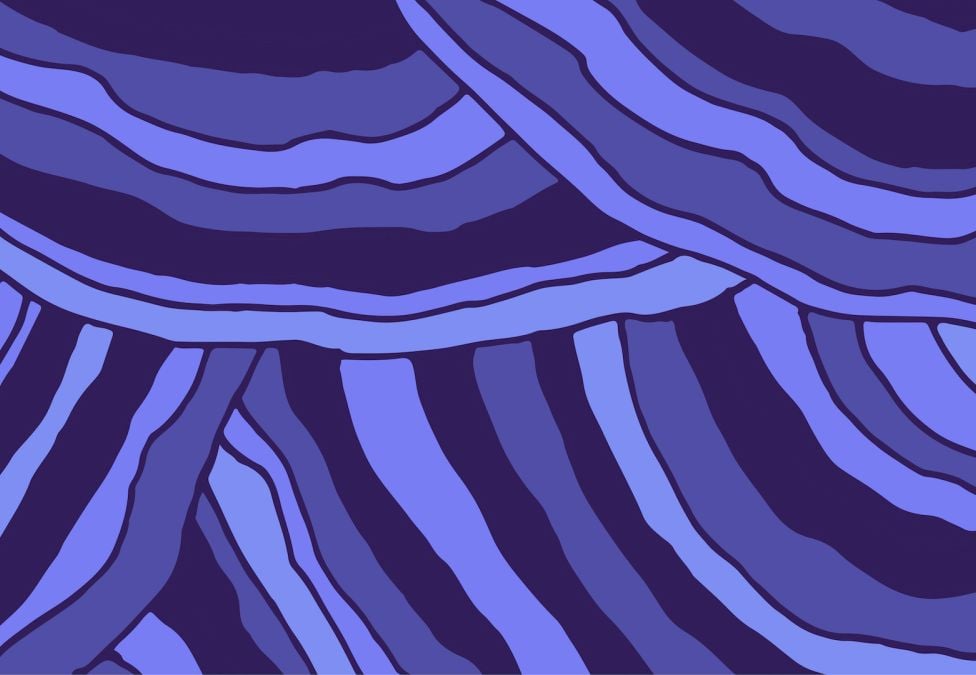
In times of a crisis, such as the COVID-19 pandemic, what cures us and what ails us come into full view. The personal stories and the data show we are failing those who care for us when we are sick and dying. Medical professionals are crying out for hospital administrations and leadership organizations to hear their pleas for help. On his 134th consecutive day signing death notes, Dr. Varon states, “I’m starting to get the idea that I cannot save everybody.” At a different hospital, ICU Nurse Burke says, “I have nightmares that I won’t have my PPE. I worry about my patients, my coworkers, my family, myself. I can’t turn my brain off.” Walking past empty waiting rooms where family members normally gather, clinicians have become substitutes for the visiting hours no one else can keep. In addition to their stressful jobs, they are the bedside friend, the shoulder to cry on, and the last goodbye. The hope is that these glimpses of the COVID-19 pandemic teach us that medical professionals require more support.
The topic of clinicians’ wellness has seen many attempts in the last decade, but the pandemic has now accelerated the need to combat all that is happening. We lose approximately a doctor a day to suicide in the United States. In the 2021 Medscape National Physician Burnout & Suicide Report, 79 percent of physicians reported that their burnout started before the pandemic. The same report states “lack of respect from administrators/employers, colleagues or staff” tied as the second leading contributor to burnout. The pandemic threw gas on the already burning fire of provider burnout. Is carrying the weight of overwhelming burden leading clinicians to early retirement or career abandonment? How do we encourage them? We need a solution.
With tears in his eyes and a hand over his mouth, he said, ‘Sometimes I worry that I am becoming numb to it all.’
Narrative and storytelling are ubiquitous to human cultures. At My Doctor’s Meds, we believe in the power of stories to help the healer, to restore the joy in the practice of medicine and caring for the sick. Similar to former students returning to visit their favorite teachers to let them know the positive impact they had on their lives, our service brings former complex patients back to clinicians through the use of personal, interactive stories presented live to health-care providers. In my 50-minute live presentation, I chronicle my story through dialogue and pictures that depict my treatment of childhood cancer at Oklahoma Children’s Hospital at OU Health. I show my mother’s handwritten journals documenting blood transfusions, spinal taps, bone marrow tests, notes of “Doctor Pam” playing Go Fish with me, and more. It is an opportunity to offer gratitude and to say “thank you.” Celebrating clinicians while asking nothing from them allows clinicians to then go on to help their patients with a renewed sense of optimism.
The human spirit is a powerful drug. On a snowy night in Iowa, I met a young resident for the first time. Showing him old pictures of me as a bald-headed three-year-old going through treatment, attached to IVs with a big smile on my face, it was as though time stood still and the snow started falling a little slower. As he looked through the pictures, something deeply moved him. With tears in his eyes and a hand over his mouth, he said, “Sometimes I worry that I am becoming numb to it all.” By communicating my story with this residency student, I believe I reminded him of why he got into medicine in the first place.
We have an opportunity—a mandate—to give our medical community the full-throated battle cry of inspiration they deserve as they carry the burdens of our society. It is our time to try it all: to fund new solutions and to move policy that ensures more support. The walls of our clinics and hospitals were built by people, for people, and are filled with people who are there for people. We need passionate, meaningful change. A moment in time when patients can give back to clinicians.
